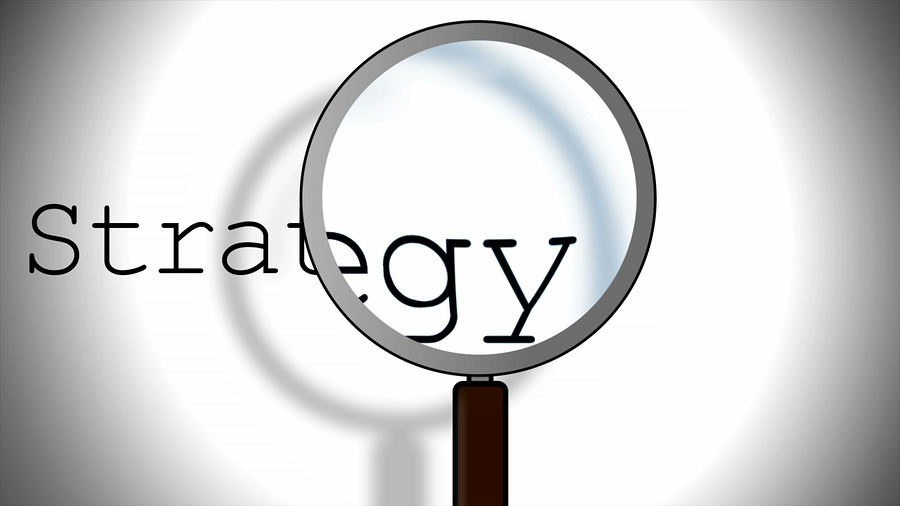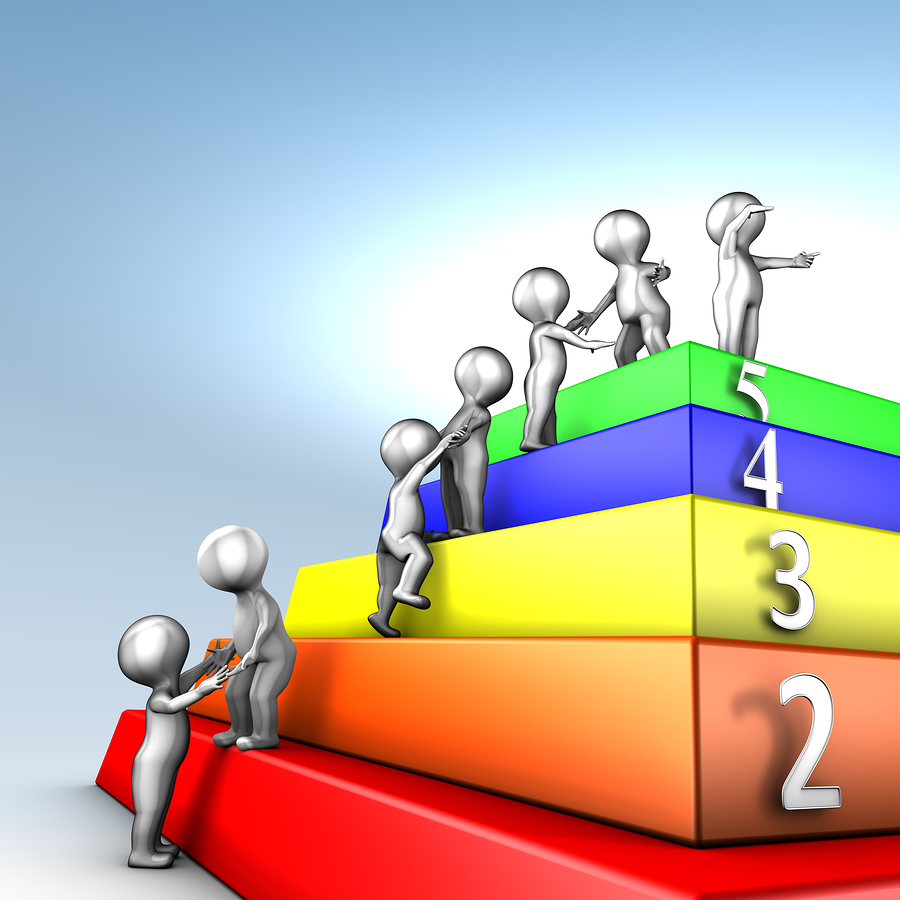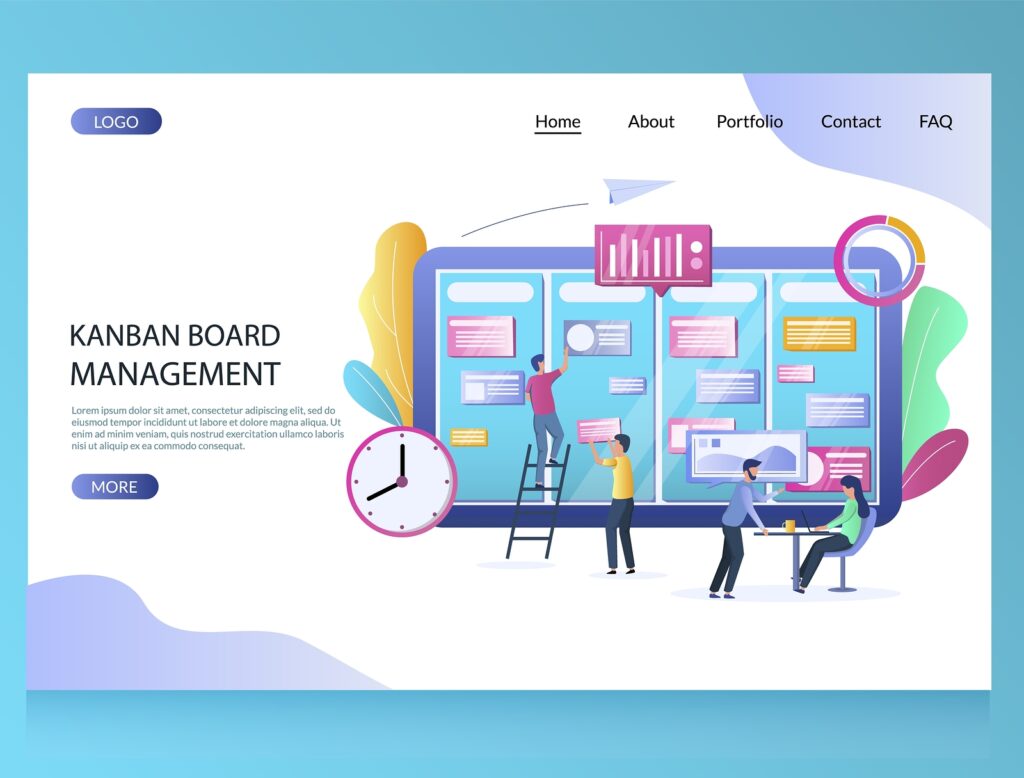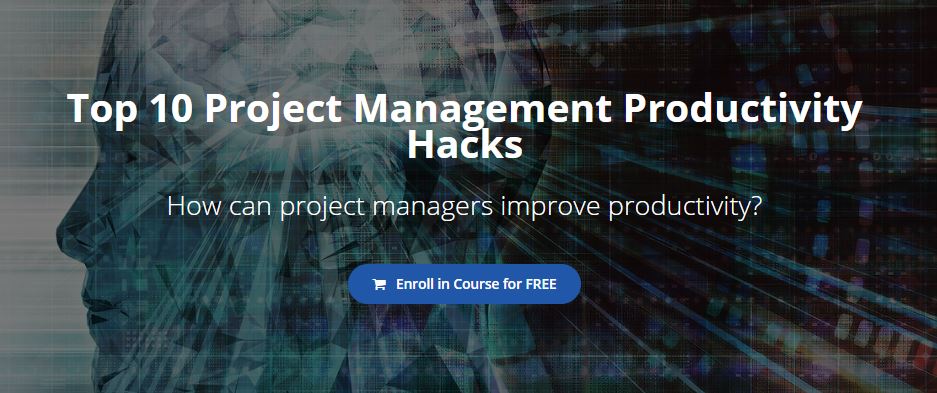Building A High-Performance Workplace Culture – During Times of Uncertainty

Building A High-Performance Workplace Culture – During Times of Uncertainty Free Webinar, Training, Tools and Resources #covid19 Company culture is the synthesis of values, vision, mission, and purpose that sits at the center of any successful business. It is the cohesive atmosphere that permeates a company and directly affects the way people work within that […]
10 Things Stakeholders in Business Wish You Knew

“For [a product] to surprise me, it must have satisfying expectations I didn’t know I had. No focus group is going to discover those. Only a great designer can.” Paul Graham, Made in USA He was commissioned in the US Army as a second lieutenant in 1958 and is a veteran of the Vietnam War from 1962 […]
What is an Operating Model

“The art of leading, in operations large or small, is the art of dealing with humanity, of working diligently on behalf of men, of being sympathetic with them, but equally, of insisting that they make a square facing toward their own problems.” -S.L.A. Marshall Establishing the correct level of process standardization and integration is a […]
How Buffer Management Improves Project Performance

“A moment’s insight is sometimes worth a life’s experience.” -Oliver Wendell Holmes Variability is a fact of life! The first image in this post is from an actual project that I managed using Microsoft Project Professional 2010 and the ProChain add-on. This was also my first time using Critical Chain Project Management (CCPM) instead […]
Your Attitude Makes the Difference: Kindness with Competence

“It’s not what you do once in a while; it’s what you do day in and day out that makes the difference.” Jenny Craig He was known for making a difference. One of his favorite sayings was “Digging for gold is more important than the gold itself; that’s why I say let’s play two.” […]
Aligning Strategy With Culture

Henry Ford once said, “Coming together is a beginning; keeping together is progress; working together is success.” The goal of strategy and culture alignment is to keep the organization working together like a well-oiled machine that’s ready for a cross-country excursion. What changes does your organization need to make to align its strategy, culture, and […]
PwC’s 2017 Portfolio Management Trends and Insights

I’ve updated the post on Portfolio Management Maturity, I received the link below highlighting PwC’s 2017 global project management report which includes key survey results on Portfolio Management insights collected from over 1500 IT leaders in 38 countries. In the spirit of sharing, I have provided a list of lessons learned or takeaways I gleaned […]
Project Portfolio Management Maturity Modeling

“Maturity comes not with age but with the acceptance of responsibility. You are only young once but immaturity can last a lifetime!” -Edwin Louis Cole The essence of an IT strategic plan is to align the IT department with the organization’s strategic intent, vision and business objectives in concert with the senior executive team. […]
Enhance Workplace Productivity using project portfolio management

In August 2013, I spoke at the Project Management Institute (PMI), and the International Legal Technical Association (ILTA) conference in Las Vegas. The audience and a panel I was on debated about the value of the PMO. We were discussing how the PMO helps organizations enhance workplace productivity. And, as the conversation went on, we […]
What factors increase productivity?

Project Management Productivity Hacks Napoleon said, “All plans are useless, but the act of planning is essential.” So, as we go through this material, you’re going to get the opportunity to plan. You’re going to get the chance to go through the act of planning by planning out how you can radically improve your productivity […]

